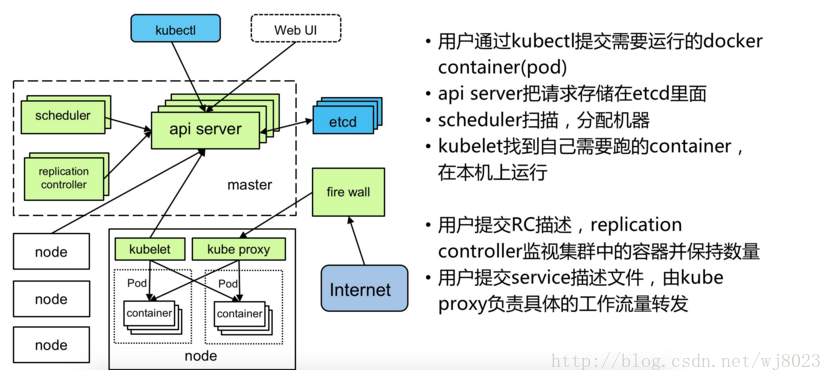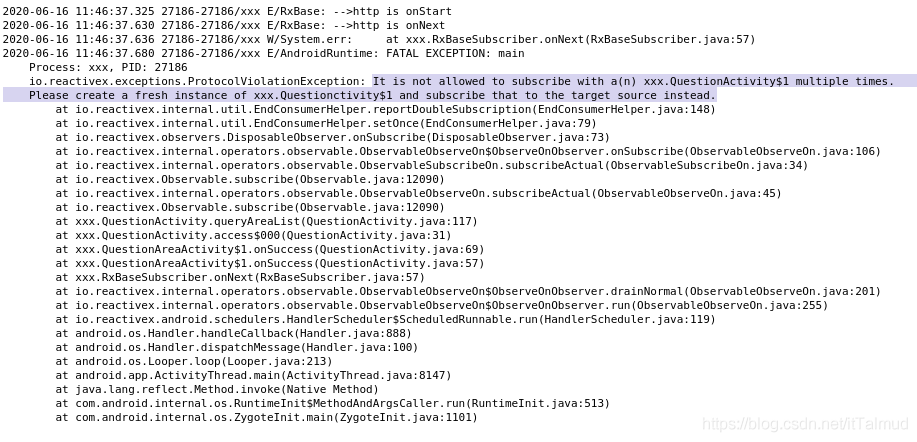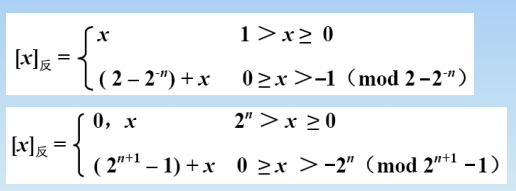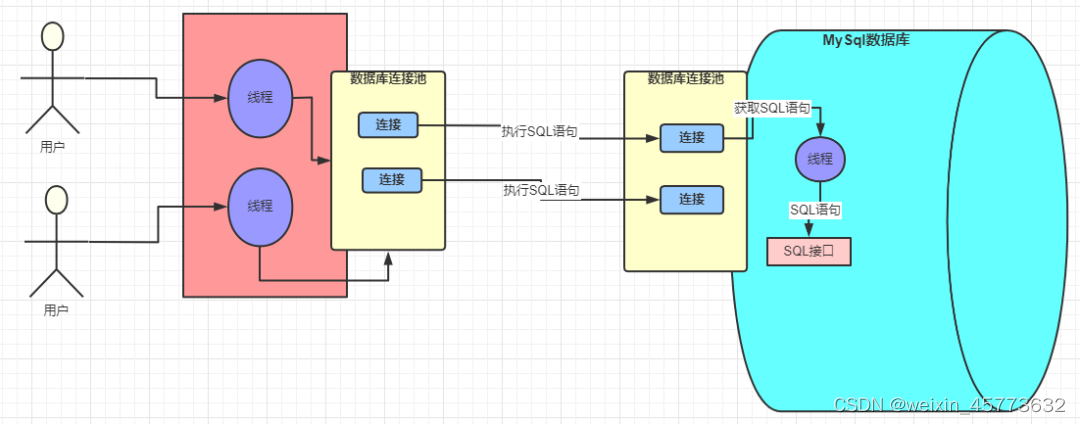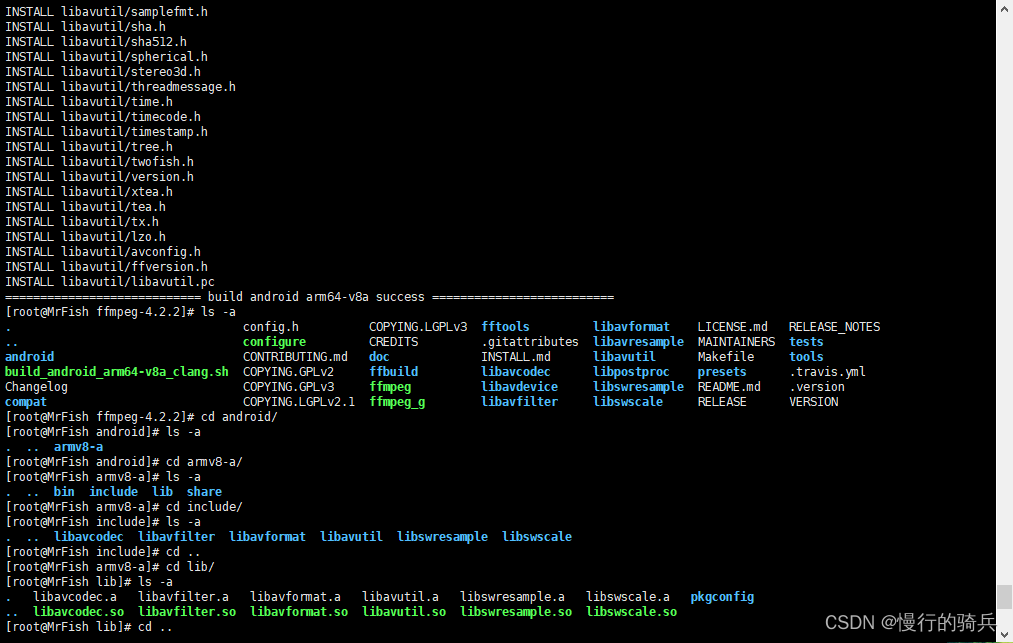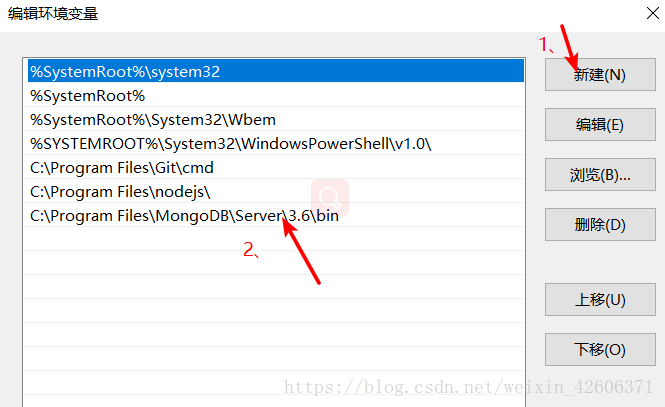当前位置:网站首页>boost库智能指针
boost库智能指针
2022-08-02 14:07:00 【lq_fly_pig】
程序的内存资源管理一直是个比较麻烦的问题,c++程序在引入智能指针之前,new出来的内存,需要自己手动的销毁,自己去管理申请堆内存的生命周期。有的时候难免会遗漏对资源的释放销毁。智能指针则能很好的解决内存管理的问题,不但能很好的管理裸指针,还能管理内存资源(RAII)机制。前借助Boost库开发指南,这里做个简单的讲解。有不足地方请广大读者提出,感激不尽。
c++ 智能指针有比较多的版本,其中比较出名的是c++98中的std::auto_ptr指针。
auto_ptr 的构造函数接受new 操作符,或者对象工厂创建出的对象指针作为参数输入。退出作用域时会调用auto_ptr的析构函数,使用delete操作符删除原始指针释放资源。使用比较简单,
class CFG_Res; //资源类
void test1()
{
auto_ptr<CFG_Res> p1(new CFG_Res);
auto_ptr<CFG_Res> p2(factory.create());
}
和auto_ptr比较类似的一个智能指针是scoped_ptr,从名字可以看出来该指针是在被声明的作用域内使用,scoped_ptr类摘要中看出来,其构造函数和赋值操作符都是定义为private,禁止对指针进行复制,由于operator*() 和operator->()重载了指针的解引用操作,故可以使用*ptr 和ptr-> 操作符,下面贴一段书上的示例程序。
struct posi_file{
posi_file(const char* file_name){
cout << "---open the file ---" << endl;
}
~posi_file(){
cout << " close the file ...." << endl;
}
};
int main()
{
scoped_ptr<int> p(new int);//一个int 类型的指针
if(p){
*p = 100;
cout << *p << endl;//解引用操作
}
p.reset();
assert(p==0);
if(!p){
cout << " ptr is null " << endl;
}
scoped_ptr<posi_file> fp(new posi_file("./aa.txt"));
return 0;
}
auto_ptr和scoped_ptr 同样的缺陷不能作为容器的元素。前者是因为他的转移语义,后者是因为不支持拷贝和赋值,不符合容器对元素的类型要求。
shared_ptr也可以像上面两种智能指针一样可以包装new操作符在堆上分配的内存对象,主要的不同是其实现了内存的引用计数,改指针可以自由的被赋值和拷贝,在任何地方共享使用,当不使用改内存时,指针的引用计数为0,会自动的删除被包装的动态分配的内存。shared_ptr也可以安全的放入到标准库的容器中。
下面看看其类的成员函数。
(1).template <class Y> explicit shared_ptr(Y* p);
构造函数获取指针p 的所有权,但是p 指针一定是能指向Y的有效指针,构造后引用计数为1。
(2).template <class Y,class D> shared_ptr(Y* p,D d);
构造函数带有两个参数,第一个是需要管理的指针p,第二个是引用计数为0 ,需要释放的资源对象,释放资源的对象是以d(p)的形式传给对象
(3).shared_ptr(const shared_ptr& r);
从另外一个shared_ptr获取指针管理权,同时引用计数加1,结果是两个shared_ptr管理一个指针对象资源。
(4).shared_ptr();
无参数构造,创建一个持有空指针的shared_ptr指针。
(5).operator= 赋值操作符可以从另外一个shared_ptr或者auto_ptr获取指针的管理权,引用计数置为1,同时auto_ptr会失去管理权。
(6).~shared_ptr();
析构函数对引用计数减1,如果引用计数为 0,则会删除被保存的指针对象,达到销毁资源的目的,同时,如果自己定义自定义删除器,则会调用自己定义的函数,按照定义的要求来释放资源。
(7).void reset();
停止对保存的指针的所有权的共享,引用计数减1.
(8).bool unique() const;
shared_ptr是其保存指针的唯一的管理者是返回true.
(9).long use_count() const;
use_count 函数返回指针的引用计数,有的时候 这个操作是昂贵的,
(10).void swap(shared_ptr<T>& b);
交换两个指针的shared_ptr,同时指针和引用计数也会交换。
下面来看一个简单的示例:
#include <string>
#include <iostream>
#include <boost/shared_ptr.hpp>
class implementation
{
public:
~implementation() { std::cout <<"destroying implementation\n"; }
int do_something()
{
std::cout << "did something\n";
return 111;
}
};
typedef boost::shared_ptr<implementation> imple_; //智能指针
void test(){
//imple_ sp1(new implementation());
imple_ sp1; //构造一个空指针的shared_ptr
sp1 = boost::shared_ptr<implementation> (new implementation());
//sp1.reset(new implementation());//sp1之前管理的对象指针引用计数减1,现在开始管理新new出来的指针对象
//boost::shared_ptr<implementation> sp1(new implementation());
sp1->do_something();
std::cout<<"The Sample now has "<<sp1.use_count()<<endl;
//std::cout << "--result---" << sp1->do_something() << std::endl;
boost::shared_ptr<implementation> sp2 = sp1;
// std::cout<<"The Sample now has "<<sp2.use_count()<<" references\n";
sp1.reset();//引用计数减1
//std::cout<<"After Reset sp1. The Sample now has "<<sp2.use_count()<<" references\n";
sp2.reset();
//std::cout<<"After Reset sp2.\n";
}
int main()
{
test();
return 0;
}weak_ptr 是"弱"指针,被设计和shared_ptr 共同工作,可以从一个shared_ptr 或者weak_ptr 获取构造,获得资源的观测权。
但是没有资源的共享权,不会引起资源的引用计数加1,同理在析构的时候 也不会引起资源的引用计数减1,它只是一个安静的观察者。
成员函数如下:
(1).use_count() 观测资源的引用计数。
(2).expired() bool类型,true表示资源 已经不存在了,相当于 use_count()==0的结果
(3).lock() 是其很重要的一个成员函数。获取 观测资源可用的一个shared_ptr对象,由于没有重载operator*() 和
operator->()操作符,故只能通过shared_ptr对象来操作资源。
(4).expired()== true lock函数返回一个存储空指针的shared_ptr
一般是配合shared_ptr解决循环引用问题,下面看一个例子,这个例子也是从广大的网友那里找来的,这里只是借鉴学习下:
#include <iostream>
#include <boost/shared_ptr.hpp>
#include <boost/weak_ptr.hpp>
/**循环引用的问题**/
using namespace std;
using boost::shared_ptr;
using boost::weak_ptr;
class B;
class A;
class A
{
public:
A(){
cout << "A constructor~~" << endl;
}
~A(){
cout << "A deconstructor~~" << endl;
}
public:
shared_ptr<B> m_b;
};
class B
{
public:
B(){
cout << "B constructor~~" << endl;
}
~B(){
cout << "B deconstructor~~" << endl;
}
public:
shared_ptr<A> m_a;
};
class WA;
class WB;
class WA{
public:
WA(){
cout << "WA constructor~~" << endl;
}
~WA(){
cout << "WA deconstructor~~" << endl;
}
public:
weak_ptr<WB> m_b;
};
class WB{
public:
WB(){
cout << "WB constructor~~" << endl;
}
~WB(){
cout << "WB deconstructor~~" << endl;
}
public:
weak_ptr<WA> m_a;
};
void test1()
{
shared_ptr<A> aptr(new A);
shared_ptr<B> bptr(new B);
aptr->m_b = bptr;
bptr->m_a = aptr;
}
void test2()
{
shared_ptr<WA> waptr(new WA);
shared_ptr<WB> wbptr(new WB);
waptr->m_b = wbptr;
wbptr->m_a = waptr;
}
int main()
{
test1();//存在循环引用问题,资源不会析构
test2();//离开作用域,资源会释放
}
边栏推荐
猜你喜欢
随机推荐
宝塔搭建DM企业建站系统源码实测
文本匹配任务
2.RecyclerView基本使用
LLVM系列第二十六章:理解LLVMContext
MySQL知识总结 (十一) MySql 日志,数据备份,数据恢复
记录Yolo-tiny-v4的权重提取和中间层结果提取
科创知识年度盛会,中国科创者大会8月6日首场开幕!
电商项目常见连续登录,消费,日期等问题
利用红外-可见光图像数据集OTCBVS打通图像融合、目标检测和目标跟踪
MySQL知识总结 (一) 数据类型
What?It's 2020, you still can't adapt the screen?
vscode compiles the keil project and burns the program
ng-style:动态控制样式
执行栈和执行上下文
什么是 Web 3.0:面向未来的去中心化互联网
vscode编译keil工程,烧录程序
Using the cloud GPU + pycharm training model to realize automatic background run programs, save training results, the server automatically power off
HBuilderX 核心插件安装提示:“插件XXX下载失败,请检查网络”问题的解决办法
LLVM系列第二十七章:理解IRBuilder
LLVM系列第十八章:写一个简单的IR处理流程Pass
